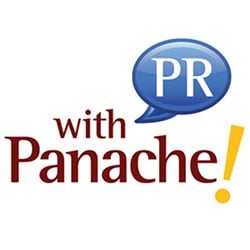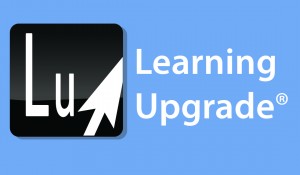Handle tasks head-on to speed student success
As the Common Core State Standards have been implemented this school year, with many states in the midst of using the new standardized tests, the transition has been mired in challenges. The Common Core is a critical step toward ensuring students have the skills and knowledge they need to succeed in life beyond graduation, but teachers and students alike have been apprehensive and overwhelmed. They need greater support, more empathy, and better communication from school and district leaders to help them overcome their anxiety.
This anxiety is even more prevalent in the special education community, and as a special education academic support teacher, it’s my job to make sure teachers and students in my district are as prepared for Common Core as possible. Here’s what’s working well in our district:
1. Understanding the problem
When I’m talking to special educators in my district, I often draw from my own experience in the SPED classroom and think about how I would feel in their shoes.
Essentially, Common Core requires special education teachers to become pseudo-subject experts. Before Common Core, special educators were mostly focused on helping students gain access to information across various subjects, but they had never been asked to be “experts” in a particular subject.
Now, a special educator might be asked to teach math, science, and health lessons, guiding the students to mastery in subjects in which they are not themselves masters. That’s a very heavy burden to carry, and if you can understand this problem, you’ll be better equipped to face it head-on.
2. Changing our mind-set
Once you’ve identified the problem (“Common Core is a lot to handle”), try to frame it in a different light.
Most special educators are familiar with the buzzwords: Universal Design for Learning. The educational framework suggests that the best way to design classrooms is to think about how that design will affect every student, whether blind, deaf, learning disabled, or challenged in some other way. This often means creating multiple support systems in the classroom ahead of time, giving students plenty of options for being introduced to and completing tasks.
Similar to UDL, one of Common Core’s biggest goals is to reach students in multiple ways, allowing them to demonstrate mastery in the way that makes the most sense to them. For Common Core to succeed, K–12 teachers across the country will need to weave UDL principles into their instruction. That means SPED teachers should be celebrating Common Core, not running from it!
3. Getting creative and using a variety of learning activities
Common Core has the potential to give both SPED and general education students some freedom in how they choose to demonstrate mastery of what they’re learning. Instead of requiring every student to write an essay, which may exclude the students who aren’t good writers, teachers can now afford to let students get a little creative.
Encourage them to design PowerPoint presentations, make an iMovie trailer, shoot a documentary, or write a song – whatever speaks to them. Rather than treating every student the same, Common Core asks students to represent what they’ve learned in their own way.
4. Finding strength in numbers
My philosophy is, “Nobody knows everything when it comes to Common Core, but everybody knows something.” Our district has set up cohorts for subject departments, and meeting in these smaller groups, or “zones,” has been immensely helpful.
Not only can special educators attend these zones to ensure sure that they are kept abreast of the shifts happening in their subject area as a result of Common Core, but they are also given an opportunity to share some relevant UDL principles and SPED strategies to help the general education teachers improve their lesson plans.
5. Taking advantage of Common Core–aligned resources
Educational technology companies are investing thousands of dollars to make sure their products are aligned with Common Core, so don’t create more work for yourself. Find good Common Core resources, and take advantage of them!
For example, my district has been using Learning Upgrade, an online math and reading curriculum that employs catchy songs and fun games to address Common Core standards in a relatable way. The courses also have built-in reporting features that make them ideal for case management.
We’ve also found Gizmos’ iPad-friendly science activities and labs to be very helpful for lesson planning, and using Canvas as a learning management system allows us to share new information as well as discuss challenges with our colleagues district-wide.
Whether you’re a special educator, a general education teacher, or an administrator, these tips will help you and your students prepare for success with Common Core. It may seem daunting, but I fully believe that Common Core has the potential to make a positive difference in students’ learning.
Christine Fax-Huckaby is a special education academic support teacher in the Sweetwater Union High School District in California. She has worked in special education for 19 years and spent the first 15 years of her career in the classroom.


